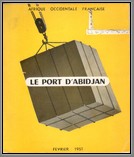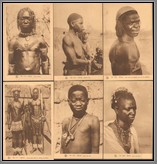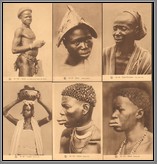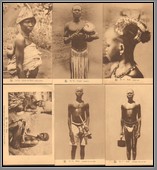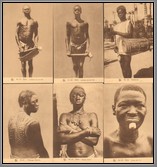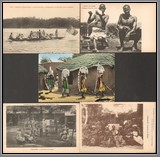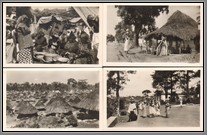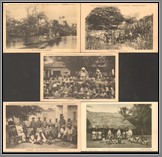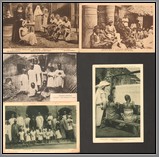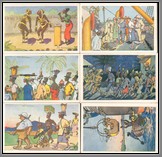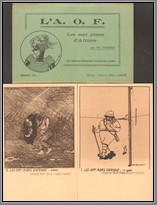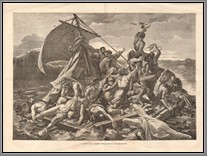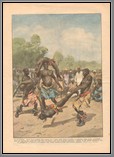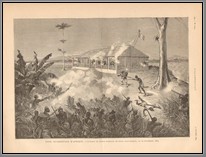French West Africa
Collection of 3 illustrations of the wreck of the Medusa. B
Price: $100.00
Note: In 1816 the new Bourbon government of France sent a small fleet to officially receive the British handover of the port of Saint-Louis in Senegal to France. The fleet consisted of four ships; the storeship Loire, the brig Argus, the corvette Echo and the frigate Medusa. Medusa was to carry the passengers, including the appointed French governor of Senegal, Colonel Julien-Désire Schmaltz and his wife Reine Schmaltz. In addition there were a total of 400 passengers, including 160 of the crew. The French Ministry of the Marine made the mistake of appointing inexperienced Frigate-Captain Hugues Duroy de Chaumereys to lead the fleet. He had mainly worked as a customs officer more than twenty years previously and had worked against Napoleon. His crew did not particularly appreciate him, because they had served with Napoleon during his reign.
The fleet left Port de Rochefort on June 17. Medusa sailed quickly away before the rest of the fleet. On July 17, Captain de Chaumereys ran the ship aground in shallow water off the west coast of Africa. At first the crew tried to release her by throwing heavy items overboard, but de Chaumereys stopped the effort. Eventually he decided to abandon ship. Because there were only six lifeboats, he made a raft out of masts and crossbeams FA 118 to carry the rest of the crew. Dignitaries – 250 of them – took the lifeboats and attempted to tow the raft. The raft was too flimsy to keep all the rest (149 men and one woman) afloat. Seventeen men decided to stay on Medusa. The rest were left with no food and water to speak of.
FA 118 to carry the rest of the crew. Dignitaries – 250 of them – took the lifeboats and attempted to tow the raft. The raft was too flimsy to keep all the rest (149 men and one woman) afloat. Seventeen men decided to stay on Medusa. The rest were left with no food and water to speak of.
Those in lifeboats soon noticed that the idea of towing the raft was impractical. De Chaumereys decided to cut the rope and leave the rest of the crew to its fate, four miles (6 km) off shore. (According to other sources it was Governor Schmaltz's boat that was first to drop the tow line to the raft.)
On the raft, the situation deteriorated rapidly. Men began to throw wine and flour out of spite and fight among themselves. On the first night 20 men – whites and Africans, soldiers and officers – were killed or committed suicide. Rations dwindled ever more rapidly and on the fourth day some 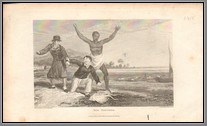 FA 118on the raft resorted to cannibalism. On the eighth day, the fittest began throwing the weak and wounded overboard. Thirteen days later, when Argus found the raft almost by accident, there were only 15 survivors remaining. Argus took them to Saint-Louis to recover. Five of the survivors, including Jean Charles, the last African crew member, died within days. Three of the seventeen men that had decided to stay on the Medusa were later recovered alive. British naval officers helped the survivors to return to France because aid from the French Minister of the Marine was not forthcoming.
FA 118on the raft resorted to cannibalism. On the eighth day, the fittest began throwing the weak and wounded overboard. Thirteen days later, when Argus found the raft almost by accident, there were only 15 survivors remaining. Argus took them to Saint-Louis to recover. Five of the survivors, including Jean Charles, the last African crew member, died within days. Three of the seventeen men that had decided to stay on the Medusa were later recovered alive. British naval officers helped the survivors to return to France because aid from the French Minister of the Marine was not forthcoming.
Medusa's surviving surgeon Henri Savigny submitted his account to the authorities. It was leaked to an anti-Bourbon newspaper, the Journal des débats, and appeared on September 13, 1816. The matter became a scandal embroiled in French internal politics and officials tried to cover it up. De Chaumereys was found guilty in the court martial at Port de Rochefort.

